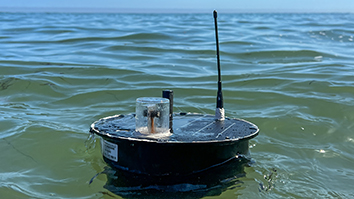Citation
J. Smith, A. Tsiartas, E. Shriberg, A. Kathol, A. Willoughby and M. de Zambotti, “Analysis and prediction of heart rate using speech features from natural speech,” in Proc. ICASSP 2017, pp. 989-993, March 2017.
Abstract
Interactive voice technologies can leverage biosignals, such as heart rate (HR), to infer the psychophysiological state of the user. Voice-based detection of HR is attractive because it does not require additional sensors. We predict HR from speech using the SRI BioFrustration Corpus. In contrast to previous studies we use continuous spontaneous speech as input. Results using random forests show modest but significant effects on HR prediction. We further explore the effects on HR of speaking itself, and contrast the effects when interactions induce neutral versus frustrated responses from users. Results reveal that regardless of the user’s emotional state, HR tends to increase while the user is engaged in speaking to a dialog system relative to a silent region right before speech, and that this effect is greater when the subject is expressing frustration. We also find that the user’s HR does not recover to pre-speaking levels as quickly after frustrated speech as it does after neutral speech. Implications and future directions are discussed.


